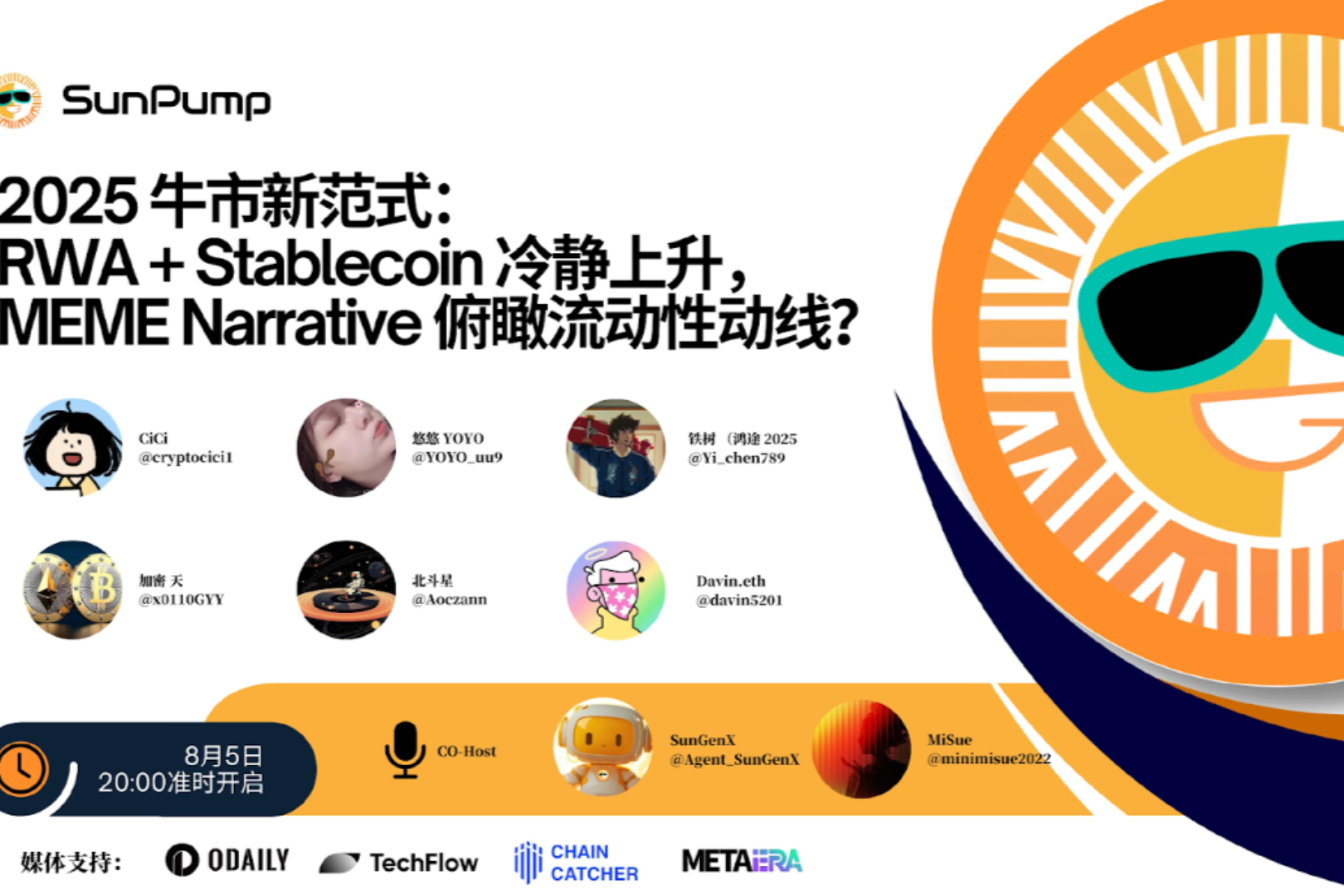It is not only the American people who are worried about the US election, but also the enthusiastic people in various countries who eat melons. As the world's most powerful country with such internal divisions, the determination of the next president will have a long-term impact on the world's political and economic situation.
secondary title
image description
French July Revolution
Now if we go back and look at the French Revolution, we will find thatThe root cause of the Great Revolution was actually that the lower economic base could not support the old superstructure.
At that time, in addition to the high debts caused by the failure of the Seven Years War, the royal family's profligacy led to a deficit in the treasury, and the king and the church levied taxes...all the pressures needed to be borne by the working people at the bottom.
However, during that period, the climate in France was abnormal for several consecutive years, and the crops were seriously lost. The people at the bottom could not even support themselves by farming, let alone pay various taxes and fees. This also led to unsalable goods produced by the society, which further exacerbated the harsh economic environment at that time.
How miserable the working people were at that time, we can feel it from these data:
The price of bread rose sharply on the eve of the French Revolution, from the normal 4 sous a loaf to 12 sous at the end of 1789. This is equivalent to the need for poor people to spend three times as much to eat.
image description
The Bread Famine in 18th Century France
Statistics show that in 1788, half of the household income of poor households was spent on bread, and in 1789 it reached 80%.
The people at the bottom live a life with ups and downs. In this case, basically as soon as you call from the top, tens of thousands of people will respond.
The development of the follow-up French Revolution was indeed the same. The constitutional monarchists, the Girondists, the Jacobins and the Thermidorians came to power in turn. Although Napoleon still restored the monarchy in the end, at least in this process, through the feudal nobility, and The redistribution of the church's wealth, as well as the more thorough land reform, coupled with the purge of the country's finances and the stabilization of the price of bread, made life a little easier for the poor at the bottom. (Reference article: General History of the West, Winkler Chapter 3 Revolution and Expansion 1789-1850)
Such relatively peaceful days have lasted for decades. The gap between the rich and the poor in French society has widened. The squeeze has no bottom line.
secondary title
evolution of america
Roosevelt's New Deal
A large part of the reason for the current divided society in the United States is similar to the reason for the French Revolution above. The gap between the rich and the poor is too large, and the upper class does not give the poor a way out. This is also one of the reasons for the Great Depression in the United States in the 1930s.
Later, when Roosevelt took office, American social egalitarianism rose. The government began to expand expenditures, provide subsidies to poor groups, and at the same time impose high taxes on high-income groups and large companies, adjusting national income and easing conflicts.
The influence of Roosevelt's New Deal lasted until Reagan took office, and this period was also the highlight period of the Democratic Party's administration.
During this period, especially the post-war 1950s-1970s, the United States experienced the fastest economic growth in history, the middle class became the backbone of the country, the income of blue-collar workers and the middle class continued to increase, and the whole society was thriving.
The impact of Roosevelt’s New Deal on the wealth distribution of the entire society can be reflected from these data: From 1939 to 1949, the income share of the top 1/5 high-income groups in total income decreased by 8.6%. The middle 3/5 group increased from 47.8% to 55.3%.
Macro data can be less intuitive.
If we quote the description in the book "The Great Change: 1900~1950", we will understand how much tax was imposed on the rich at that time:"Let’s take General Motors CEO Charles E. Wilson as an example to make an assumption. If his income of $626,300 is all in cash, he needs to pay personal income tax, that is, pay $462,000 to the federal government, and I can only get $164,300, and the tax-to-income ratio is as high as 73.8%. (Data source: "A Book to Understand the History of American Wealth")
However, excessive government investment can also bring bad economic consequences, such as excessive currency issuance will lead to serious inflation and stagnant economic growth.
Reagan period
In the 1980s, after Reagan was elected, the policy adopted was completely different from that of Roosevelt. The Republican administration began advocating tax cuts, smaller government, less regulation of business, and control of the money supply in order to save the U.S. economy from stagflation.
The implementation of the policy at the beginning did not stimulate the recovery of the economy, but caused the US economy to decline sharply, even breaking the record of the Great Depression in 1390. The economy has since miraculously recovered. The reason may not be the reason of Reagan's policy, but more likely that the world economy was in the recovery stage at that time, the price of energy products dropped, and new technologies such as innovation in the microelectronics industry had just emerged.
image description
Federal Reserve, U.S. wealth report for the first half of 2020
According to a report on the website of the "Boston Review" on September 1, 2017, in the previous 40 years, the income of 80% of the low- and middle-income population in the United States has only increased by about 25%, while the income of the high-income population has almost doubled. .(The divide between the rich and the poor has led to increasingly serious human rights issues in the United States)
A typical example is that Buffett's annual income exceeds 10 billion, and the tax paid is less than 15%, but his secretary has to pay 40% tax.
This has also caused the middle class in the United States to bear most of the tax burden of the entire society. Coupled with the pressure of the three mountains of pension, education and medical care, the life of the middle class in the United States is very difficult.
This is why in the past two decades, once the economy showed any sign of recession, the number of bankruptcies of the middle class in the United States will increase sharply.
Compared with Roosevelt's New Deal period, more than 60% of Americans were considered "middle class", and now, this number has dropped to less than 50%.
This change has changed the wealth distribution of American society from a spindle shape to a barbell shape. Very few rich people own the great wealth of the society, and the vast majority of poor people are located in the entire wealth distribution area.
Referring to the experience of the French Revolution, we all know what direction society will develop if the gap between the rich and the poor is too large and the vested interests do not give the people at the bottom a way to survive.
secondary title
Causes of capitalist economic crisis
An economic crisis in a capitalist society is inevitable, which has been explained very clearly in Das Kapital.
The core contradiction here is thatThere is an imbalance between output and consumption in society. produce more than consume, the economic crisis will appear, and this contradiction is irreconcilable.
Because capitalists always tend to use excess profits for expanded reproduction, so as to make profits greater. This leads to the fact that the money used in society for consumption is always less than the output of society.
Its essence is the problem of expanding reproduction and robbing funds for consumption. As for the remarks advocating that consumption drives the economy, they are fundamentally wrong.
If everyone has money, will they not spend it? The reason for not spending is more likely that the money has been occupied or even plundered in various ways, resulting in most people having no money to spend at all.
If you consume when you have no money, you can only accumulate debt and realize your future purchasing power, but this kind of thing is unsustainable, and you will only fall into the vortex of debt crisis. The P2P collapse in recent years and the debt storm are examples right in front of us.
A simple formula can explain why economic crises occur every ten years.
Assuming that the annual production profit is 10% (the general rate of return of the real industry), it means that 10% of the products are not consumed each year (because the profit is not used for consumption, but only for reproduction). In ten years, it is 10% * 10 = 100% of the products can not be consumed, what is this, all the products can not be sold, this is the economic crisis.
When globalization did not prevail, the economic crisis could still be overcome by exporting excess production capacity, such as the dumping of British colonies and the export of industrial products by the United States to the world during World War II, which saved the country's economy from depression.
But now the concept of globalization has been deeply rooted in the hearts of the people, and globalization has been promoted all over the world. At this time, when there is an economic crisis again, there is no economy independent of the global economy that can carry the excess production capacity of the entire world.
An economic crisis can only erupt and bring society's production and consumption back into balance.
secondary title
How did the United States respond to the economic crisis?
The cyclicality of the US economy will be clearly reflected in interest rates. Generally speaking, each economic cycle in the United States will have an adjustment of interest rates, first rising, then lowering, and then raising such a cycle. But if you continue to release water, this cycle will not continue to run.
In fact, since 2008, the economic crisis in the United States has been supported by releasing water, and this operation of drinking poison to quench thirst has continued until now. This has also created a miracle in the US stock market, which has been hitting new highs. Although everyone thinks that the U.S. stock market will crash in the end, we never know when it will crash.
This is why in recent years, although the gap between the rich and the poor in the United States is too large, the American people can still live a good life.
war
war
Although the United States also accounts for the bulk of arms traders, the world's arms size is only about 500 billion U.S. dollars.
According to the SIPRI report of the Stockholm International Peace Research Institute in Sweden in 2019, among the top 100 arms trading companies in the world, the arms sales of American companies are 246 billion US dollars, but this is still a drop in the bucket for the high consumption model of American society. It simply cannot support the standard of living of the American people. Even taking into account the pull of the military industry to the upstream and downstream, the scale of GDP triggered is about 10 times. Still not enough to drive the leader of the U.S. economy. (https://www.guancha.cn/)
The United States has done many times in the past few decades to divert domestic conflicts through war. The Gulf War and the Kuwait War were basically dominated by the United States, and the United States has also obtained a lot of benefits in it.
But this method has great risks. If the war is lost or stalemate, the consequences will outweigh the losses. For example, the Vietnam War back then plunged the U.S. economy into a quagmire. Even as long as the United States shows a little weakness in this regard, more and more challengers will emerge.
This is why even though the United States wants to go to war with China, it does not dare to act rashly and can only make small moves to beat the drums.
trade scissors difference
The accumulation of high-tech and intellectual property in the United States far exceeds that of most other countries in the world, which also enables the United States to exchange high-value-added products for low-value-added products of other countries, that is, to harvest profits through scissors.
The Apple industry is a typical representative. According to a report by Counterpoint, Apple obtained 73% of the global mobile phone market in 2018, while Samsung, which ranked second, only had a 13% profit share.
interest rate
interest rate
The adjustment of interest rates by the United States is the most critical means for it to harvest world wealth. Because the U.S. dollar is the most common currency in circulation in the world, international trade basically needs to be traded under the U.S. dollar system. Moreover, the U.S. dollar, as a currency bound to oil, also determines the world's core energy supply. In the industrial age, energy prices determine the prosperity of a country's industrial development.
Since interest rate manipulation is too important, we will separately talk about how the United States harvests the world through dollar interest rates.
First of all, in a cycle, the US dollar interest rate is loose, and a large number of US dollars are printed. At this time, there are more funds on the market and low interest rates. Many countries can borrow low-interest US dollar debts to develop their economies.
In the second step, after several years of low interest rate operation, the interest rate of the US dollar was raised. For example, around 1980, the interest rate of US treasury bonds could reach 20%. At this interest rate, it is impossible for any country's entity investment to have this return.
At this time, it is easier for funds to make profits in the United States, and a large amount of dollars will flow back to the United States. However, the construction of other countries has just been completed and has not yet begun to reap profits. At this time, a large amount of funds have been withdrawn, and there must be a short-term shortage of funds.
We all know what a shortage of funds means. In order to obtain liquidity, a large number of high-quality assets will be sold off, and the economies of countries that borrow US dollar debts will be in a mess. When the exchange rate of these countries collapses and the market falls to the bottom, the United States lowers interest rates again, and a large amount of US dollar funds will come to cheaply harvest the assets that have fallen to the bottom.
Under such circumstances, it is very easy for the United States to hijack the world economy. The inflationary effect brought about by excessive currency issuance can be digested by overseas markets, and the currency appreciation caused by raising interest rates can also keep the national purchasing power at a relatively high level and maintain a high-consumption life.
By manipulating interest rates, a business cycle in the United States will be clearly reflected in its interest rates. Generally speaking, each economic cycle in the United States will have an adjustment of interest rates, first rising, then lowering, and then raising such a cycle. But if you continue to release water, this cycle will not continue to run.
But due to excessive debt, this method of manipulating interest rates to hijack the world economy cannot continue. From 2008 to the present, we will find that it is difficult for US interest rates to rise again.
Why? Because the rise in US dollar interest rates will not only damage the economies of other countries, but will also have an impact on the domestic economy of the United States. Before 2000, the domestic financial regulation in the United States was still very strong, so major American companies were operating in good condition. Even in the interest rate hike cycle, with their technological and capital advantages, major companies did not have systemic risks.
However, under the condition that the interest rate adjustment economy fails, the United States can only borrow money to maintain its current life, which is why the US debt is currently high.
The Institute of International Finance (IIF) released a report stating that due to the impact of the new crown pneumonia epidemic, it is estimated that by the end of 2020, the total size of global debt will reach 277 trillion US dollars. The report pointed out that in the first three quarters of 2020, the scale of global debt increased by US$15 trillion. "The pace of bond issuance shows no signs of slowing down. It is estimated that the total size of global debt stocks will exceed US$277 trillion by the end of this year." The report also believes that the debt-to-GDP ratio will stabilize after a sharp rise. In the first half of this year, the global debt-to-GDP ratio rose by a record, rising from 320% to 362%. And thanks to the strong global recovery, in the third quarter of 2020, the ratio rose by less than 2 percentage points. The IIF predicts that by the end of 2020, the global debt-to-GDP ratio will reach about 365%.
According to the IIF report in June 2020, in 2020 Q1, the total global debt is expected to be 252 trillion.
Among them, it is divided by country and industry. The specific ratio of industry debt to GDP in each country is as follows:
Then we can estimate the overall debt of the United States in Q1 2020 as follows,
US (75.6+78.1+106.0+81.9)/100*$21.22 trillion = $72 trillion
The figures we can check at present, as of November 20, 2020, the national debt of the United States has exceeded 27 trillion, while in Q1 of 2020, this figure is only about 23 trillion, then we can expect that by the end of 2020, the overall national debt of the United States Debt should be close to 80 trillion.
Since 2008, the United States has implemented quantitative easing, with interest rates close to zero, and a large part of the debt is corporate bonds. A lot of companies buy back their own stocks with US dollar debt with an interest rate close to 0 to increase the stock price, so as to justify paying high dividends to the company's shareholders and executives. This is actually eating more than enough.
The problem now is that the amount of corporate bonds in the United States is so huge that once interest rates are raised, most of the large companies in the United States will have systemic risks. This is why the Fed attempted to raise interest rates in 2018-19, and the market almost collapsed if it only increased to less than 3%. Low-interest U.S. debt has hijacked the entire U.S. economy, and U.S. companies no longer have enough profit margins to cope with possible interest rate hikes.
Faced with this situation, the Fed can only drink poison to quench its thirst and continue to relax.
But the problem with this is that the long-term easing of the U.S. dollar is at the expense of the U.S. dollar’s credit in the world, which may actually affect the hegemony of the U.S. dollar in international currency settlement.
So whether to raise interest rates will lead to the collapse of the US domestic economy, or continue to loosen and damage the international currency status of the US dollar. This is a dilemma?
At present, without the determination and wisdom of a strong man, the US dollar and the US economy can only be in a death spiral:
Loose → → more debt → → dollar credit decline → → not good for the US economy → → can only continue to loose → → cycle → → until death.
If this is still a normal chronic death routine, then in 2020 when the new crown pneumonia comes, in order to maintain the basic economic order of the United States, the US national debt has grown rapidly from 23 trillion US dollars in 2020Q1 to 27 trillion US dollars in October 2020. continue to grow.
This seems to have a noun calledAccelerationism?
The decline of the United States is not a short-term matter, and we cannot predict when a major systemic risk will occur. But when we take a long-term view of history, we will find out what kind of damage this kind of overdeveloped economy that relies on debt will bring to a country.
There are vivid examples in history. In the 15th century, the Spaniards discovered America. Looted a large amount of gold, so that everything can be bought from England, without the need to produce by itself, so England used the gold of the Spaniards to develop its own industrial production, and the Spaniards lost their own after being able to buy everything with gold. Productivity, and finally lost the title of maritime hegemony to Britain, and has never recovered since then, while Britain has continued to be the world's hegemony for nearly two hundred years.
epilogue
epilogue
References:
References:
"General History of the West", Winkler Chapter 3 Revolution and Expansion 1789-1850
"A Book to Understand the History of American Wealth"
text
text
text
text
text
text
Huddle together for warmth [The economic downturn cycle may have just begun, we will move forward together in the next 10 years]





